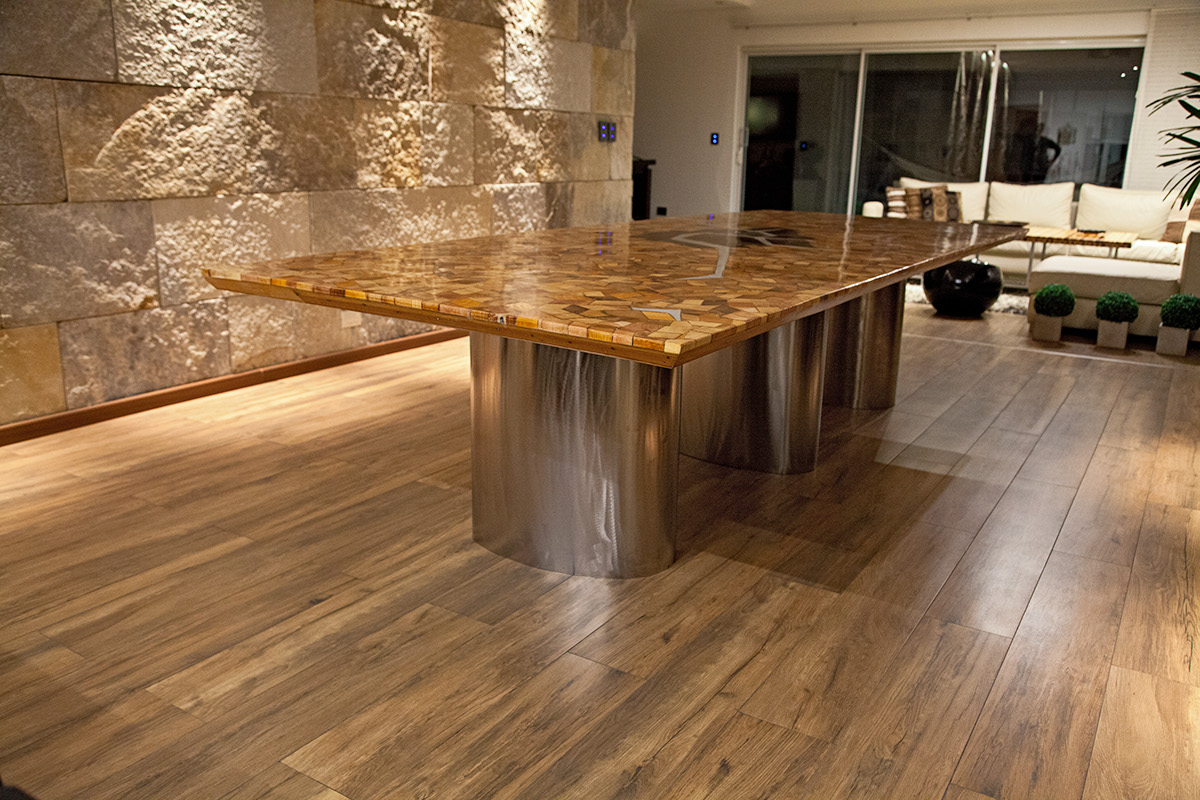
What to do with material resources when they are no longer usable?
In Argentina, the answer to this question dates back to the foundation of neighborhoods, such as the colorful neighborhood of La Boca, covered with leftover paint from ships, in times when there were plenty of shipyards.
These alternatives were developed in response to the lack of economic resources, which called for innovation in a context of successive crises, and were technically supported by the wide variety of crafts learnt during immigration waves.
Creating objects from materials found on the street has been part of my childhood: towels made out of leftover pieces of bibs, stools with an iron base and a seat made using Siambretta scooter tires, or hand knitted sweaters using scraps of wool.
At that time, the aim was to devise a means of survival in the cities, with no intention of producing any art or design work; the purpose was to create objects fit for use by designing goods from materials at hand.
There were resources available and needs to be satisfied, but there was no time, and artistic activities were seen as a deviation from the original objective.
The increasing awareness of the limited nature of resources has led to the revitalization of this needs-oriented culture, marked by crafts, workshops, crises and creativity to use the available materials.
It’s my turn now. My intention is to follow this trend and take this opportunity to forge an identity. Here is my version.



